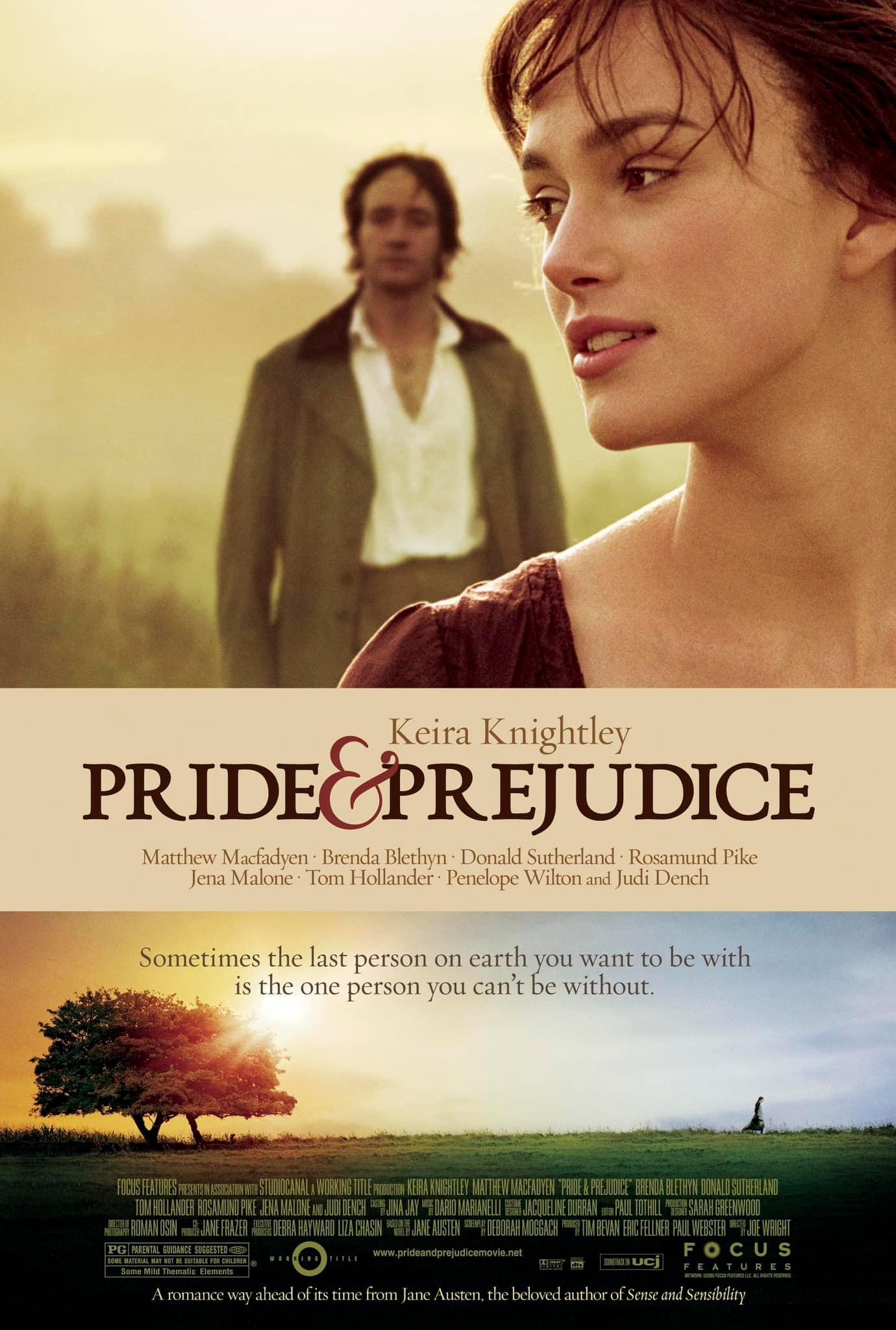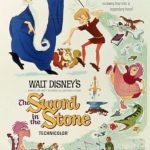Pride and Prejudice (2005)

The 2005 adaptation of Pride and Prejudice, directed by Joe Wright, is a visually stunning and emotionally resonant interpretation of Jane Austen’s classic novel. Starring Keira Knightley as Elizabeth Bennet and Matthew Macfadyen as Mr. Darcy, the film captures the essence of Austen’s themes—love, class, and family dynamics—while adding a fresh and modern feel.
Visual and Cinematic Style: Wright’s direction shines through the film’s picturesque landscapes and intricate period details. From sweeping shots of the English countryside to the grand interiors of aristocratic estates, the film has a rich, painterly quality. The cinematography, by Roman Osin, uses natural lighting to enhance the romantic atmosphere and create a sense of intimacy, particularly during key moments between Elizabeth and Darcy.
Performances: Keira Knightley’s portrayal of Elizabeth Bennet is spirited and sharp, perfectly embodying the character’s wit, independence, and vulnerability. Her performance earned her an Academy Award nomination, and rightly so. Matthew Macfadyen’s Mr. Darcy, while more reserved than other interpretations, brings a quiet intensity to the role. His performance might initially come across as stiff, but it pays off in the end when his emotions are finally revealed. The supporting cast, including Rosamund Pike as the gentle Jane Bennet and Donald Sutherland as Mr. Bennet, adds depth to the film, providing both humor and heart.

Adaptation Choices: The film condenses the novel to fit the runtime, and as a result, some secondary characters and subplots are less developed than in the book. However, the movie focuses effectively on the central romance, and Wright adds his own subtle touches to enhance the emotional weight. For instance, the misty morning scene at the end, where Darcy confesses his love to Elizabeth, is a cinematic highlight that differs from the book but captures the characters’ emotions beautifully.
Score: The score, composed by Dario Marianelli, is both elegant and emotive, with piano pieces that complement the film’s romantic tone. The music enhances pivotal scenes without overpowering the dialogue or action, making it an essential element of the film’s emotional impact.
Criticism: Purists may take issue with some of the liberties the film takes, especially in its more contemporary interpretations of some characters and its compression of certain plot points. However, these changes help the film appeal to a broader, modern audience while still retaining the novel’s core message.
In summary, Pride and Prejudice (2005) is a visually captivating and emotionally rich adaptation that breathes new life into Austen’s classic novel. Its strong performances, particularly by Knightley and Macfadyen, combined with stunning visuals and a memorable score, make it a standout among period dramas.











